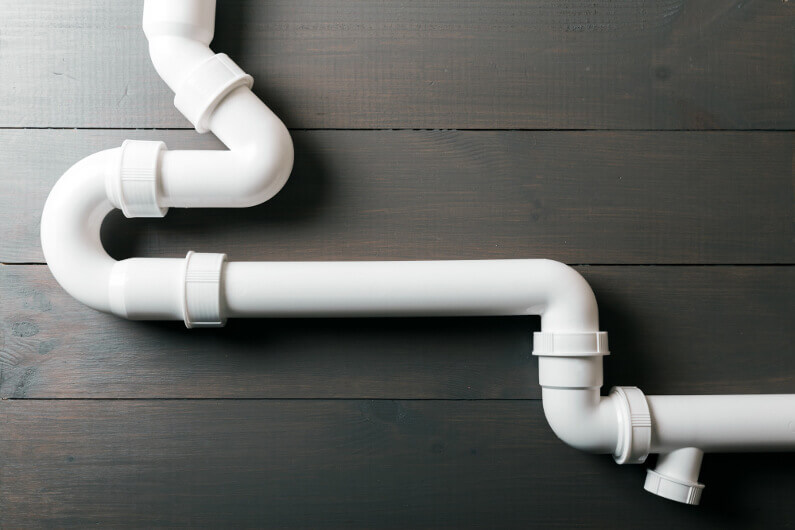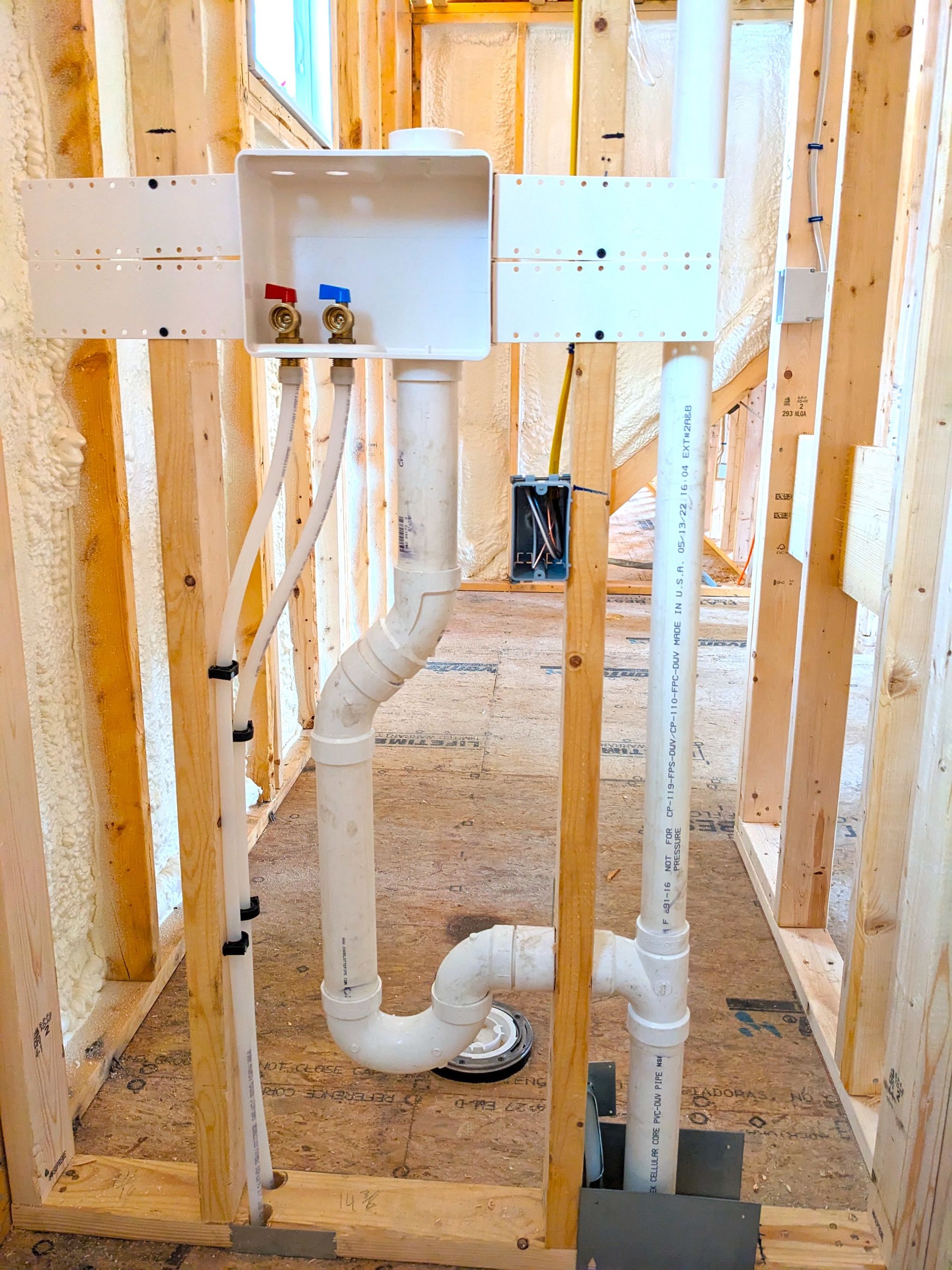Why Adequate Ventilation in Plumbing Systems
Why Adequate Ventilation in Plumbing Systems
Blog Article
Just about every person seems to have their own unique idea about What Are Plumbing Vents and Why Are They Important?.

Appropriate ventilation in pipes systems is typically ignored, yet it is important for keeping the performance and safety of your home's pipes. Ventilation helps regulate atmospheric pressure, protect against the accumulation of harmful gases, and make certain the efficient elimination of waste. In this overview, we will explore the relevance of correct pipes ventilation, how it functions, and the benefits it gives your plumbing system.
Understanding Ventilation in Pipes
Air flow in pipes refers to the network of pipelines that allow air to move with the water drainage system. These vents offer multiple purposes, including controling atmospheric pressure within the pipes, protecting against sewage system gases from going into the home, and helping in the smooth flow of wastewater.
Just How Ventilation Functions in Pipes Equipments
Atmospheric Pressure Law
Proper air flow maintains balanced air pressure within the pipes system. When water moves via pipelines, it displaces air. Without ample ventilation, this displacement can create adverse pressure, bring about reduce drains or siphoning of water from catches, which can create unpleasant odors to permeate right into the home.
Protecting Against Drain Gas Accumulation
Among one of the most vital features of plumbing vents is to stop drain gases, such as methane and hydrogen sulfide, from building up within the home. These gases can pose serious wellness risks and are highly flammable. Vent pipes permit these gases to leave securely outside.
Aiding in Waste Removal
Air flow aids in the efficient elimination of wastewater by protecting against airlocks in the drain system. When air can move easily through the vents, it allows water and waste to stream smoothly through the pipelines, minimizing the danger of blockages and backups.
Types of Pipes Vents
Key Heap Vent
The major stack air vent, likewise known as the air vent stack, is the primary vent in a pipes system. It extends from the primary drain line up through the roof covering, enabling gases to get away and fresh air to get in the system.
Branch Vent
Branch vents link to the main stack vent and offer private components, such as sinks, toilets, and showers. These vents guarantee that each component has adequate air flow to operate correctly.
Air Admission Shutoff (AAV).
An Air Admittance Shutoff (AAV) is a one-way shutoff that enables air to get in the plumbing system without the need for a typical air vent pipe extending with the roof covering. AAVs are commonly utilized in renovations or areas where setting up a conventional air vent is unwise.
Signs of Poor Ventilation in Pipes.
Slow Draining Fixtures.
If your sinks, bathtubs, or commodes are draining pipes slowly, maybe a sign of poor air flow. Poor air flow can develop a vacuum impact, making it difficult for water to drain properly.
Gurgling Sounds.
Gurgling audios coming from drains pipes are usually an outcome of air being drawn with water catches because of unfavorable pressure in the pipes. This is a clear sign of inadequate air flow.
Undesirable Odors.
Sewer smells inside your home are a warning that your pipes system is not properly ventilated. This might imply that sewer gases are not being adequately aired vent outside, leading to potentially hazardous conditions.
Usual Ventilation Blunders.
Poor Vent Sizing.
Utilizing small air vent pipes can result in inadequate air circulation and stress inequalities in the system. It's essential to use vents that satisfy the details needs of your plumbing system.
Improper Vent Placement.
Positioning vents also far from the fixtures they offer can lower their performance. Correct positioning ensures that air can move easily and effectively with the system.
Ignoring Code Demands.
Building ordinance give specific guidelines for plumbing air flow. Disregarding these codes can lead to a system that falls short to work appropriately and might result in costly fixings or health hazards.
Advantages of Correct Air Flow.
Boosted System Effectiveness.
Appropriately ventilated pipes systems operate a lot more efficiently, with fewer obstructions, faster draining, and less pressure on the pipelines. This efficiency expands the life expectancy of the pipes system.
Improved Air High Quality.
By avoiding drain gases from entering your home, correct air flow contributes to better indoor air quality, making your living atmosphere healthier and a lot more comfortable.
Stopping Water Damage.
Sufficient ventilation assists protect against water from being siphoned out of traps, which can lead to sewer gases entering the home and triggering water damages gradually.
Steps to Make Sure Correct Air Flow.
Consulting Plumbing Codes.
Constantly get in touch with neighborhood plumbing codes when designing or customizing your pipes system. These codes supply the essential standards for proper venting and guarantee your system fulfills safety requirements.
Regular Examination and Maintenance.
Regular assessments can help determine possible air flow concerns prior to they end up being significant troubles. Maintenance tasks, such as cleaning vent pipes and checking for blockages, are crucial for maintaining the system in good working order.
Specialist Installment.
For brand-new installations or major modifications, it's wise to work with a specialist plumber. They have the knowledge to guarantee the ventilation system is properly developed and installed according to code.
Verdict.
Correct ventilation is a crucial part of any type of pipes system, making sure that it functions successfully and safely. By comprehending the importance of air flow, identifying the signs of inadequate air flow, and taking actions to preserve your system, you can stop pricey concerns and secure your home's air high quality.
4 Things You Should Know About Your Plumbing Vents
What Plumbing Vents Are
Also called a vent stack, a plumbing vent is a vertical pipe attached to your drain line that runs through your roof. The plumbing vent pipe, or plumbing air vent, removes gas and odors from your plumbing system and allows fresh air to enter the pipes, helping the water to flow out of the drain pipes.
What Plumbing Vents Do
Plumbing vents have two basic functions. One of which is to allow unpleasant smelling wastewater and sewer gasses to escape your plumbing system instead of entering your home. Plumbing vent pipes are typically located on roofs, away from windows, to ensure the fumes exit the home completely.
The other function of the plumbing vent is to move fresh air into your plumbing system. This helps move water through every plumbing fixture in your house, like toilets and sink drains. Think of the way in which you need to let a little air into the bottle as you pour soda in order to make the drink flow smoothly.
Different Types of Plumbing Vents
True vent: This is the most common vent option. In simplest terms, a true vent is a vertical pipe attached to your drain line that exits through the roof. They often function as the main vent that other fixtures can connect to. Re-vent pipe or auxiliary vent: Attached to the drain line near specific plumbing fixtures, re-vent pipes run up and over to connect to the main vent. Common vent: Two plumbing fixtures installed on opposite sides of a wall are typically tied into the vent stack using something known as a sanitary cross. Wet vent: This venting option operates as a drain pipe and a vent at the same time. Wet vent drainage systems drain water from one fixture while venting the air from another. Although they’ve been used for over 100 years, wet vent systems have only recently been added to the plumbing code in many areas. If you’re planning on installing one in a bathroom remodel, make sure you check your local code prior to construction. Loop vent: For free-standing fixtures like kitchen island sinks, loop vents are ideal. These vent pipes run under the floor, rise from the P-trap, and create a loop inside the cabinet sink. Air admittance valve: An AAV is a one-way mechanical valve typically installed at the site of the plumbing fixture. AAVs allow venting to occur without having to tie into a larger venting system. They’re ideal for venting fixtures where you aren’t able to easily connect to an existing vent system. Common Plumbing Vent Issues
Although vent pipes typically don’t have water flowing through them, they’re still subject to many typical plumbing issues. For example, clogs are one of the most common problems associated with sewer vent pipes. If your vent pipe gets clogged, all of your plumbing fixtures tied into the vent stack will be affected.
A sink with a slow drain that bubbles and gurgles or a strong sewage smell around your toilet are both indicators that your toilet vent pipe is clogged. Because most vent pipes exit through the roof, old leaves, twigs or even a bird’s nest could be clogging the pipe.
Clogs in your vent pipe system cause a buildup of negative pressure, meaning that water won’t be able to flow out of your home very well. It’s similar to putting your finger over the opening of a straw to trap water inside. When you remove your finger, the water is able to flow out of the straw.
If you suspect you have any blockage in your vent, make sure you have a professional come examine the situation. Left unchecked, a blocked air vent can lead to other costly repairs, like leaks and sediment buildup.
Under Pressure
Pipe vents are essential aspects of a home’s plumbing system. Owning a home means learning about all sorts of things you never put much thought into before. But by understanding as much as you can about the important systems of your home, you can keep those budgets intact and those anxiety levels low.
https://www.homeserve.com/en-us/blog/home-improvement/plumbing-vents/

I am just very occupied with What Are Plumbing Vents and Why Are They Important? and I'm hoping you liked my page. Don't hesitate to take the time to promote this page if you liked it. Thank you so much for going through it.
Call Today Report this page